While it’s important to get outside and exercise, you need to exercise caution when exerting yourself in the heat and humidity.
Prevention
One of the best ways to prevent heat-related problems during exercise is to stay properly hydrated. This includes drinking the right amount before and after exercise (see below), but also drinking the right stuff. Make sure you are drinking water or sports drinks with less than 10% sugar. Other drinks, like soda, caffeinated beverages or alcohol can actually dehydrate rather than hydrate.
- Before exercise: Drink 20 oz. (2.5 cups) of fluid 2 hours before you begin your activity and 16 oz. (2 cups) 10-15 minutes before exertion.
- During exercise: Drink 4-8 oz. (.5-1 cup) every 15 minutes.
- After exercise: Drink until you have returned to your normal weight (16 oz. of fluid should be consumed for every pound you lost).
It is important to remember that heat-related injuries are on a continuum, meaning you may start with only less serious symptoms but if ignored or untreated they can escalate into a life-threatening condition, such as heat stroke. So, don’t try to “toughen up”— if you experience any of these symptoms, stop exercising and cool off!
- Heat syncope (Exercise Associated Collapse). Characterized by headache, nausea, fainting following exercise, and excessive loss of strength. Treatment includes moving to cool place, hydration and tepid water bath. If symptoms continue seek medical attention.
- Heat cramps. Characterized by single or multiple muscle cramps. Treatment includes moving into a cool place, stretching the cramped muscle and hydration. If there are multiple cramps, seek medical attention.
- Heat exhaustion. Symptoms of heat exhaustion include being extremely sweaty, having cold or clammy skin, mildly elevated temperature, pale color, dizziness, weak or rapid pulse, shallow breathing, nausea, headache, and unconsciousness. One should cool off, hydrate, and seek medical attention.
- Heat stroke. Heat stroke is the most extreme of these heat related problems with the bodies core temperature reaching 104 degrees F. Symptoms include red or flushed skin color, rapid or strong pulse, difficulty breathing, mental status changes. Seek immediate medical attention.
